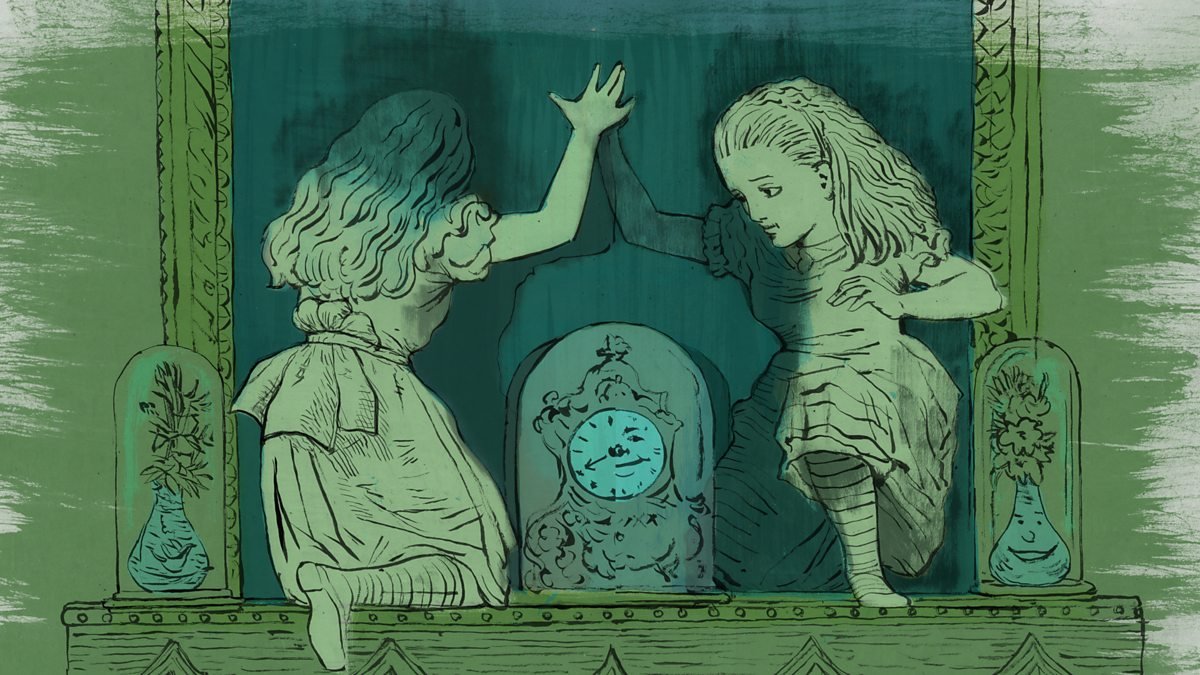We live in an era of unprecedented connectivity. Billions of humans are digitally linked through social media, messaging platforms, and virtual networks. Yet beneath this web of communication lies a silent epidemic — loneliness. Paradoxically, as the number of social connections increases, their depth often diminishes. What emerges is not community but a simulacrum of it — an illusion of belonging masking a profound sense of emotional disconnection. Psychiatry now recognizes loneliness not only as a social problem but as a biopsychosocial pathology — one that reshapes brain chemistry, cognition, and even mortality.
Loneliness differs from solitude. Solitude can be restorative, a conscious retreat into reflection or creativity. Loneliness, by contrast, is the pain of unmet belonging — the emotional equivalent of physical hunger. From an evolutionary perspective, human beings are wired for attachment; isolation signals danger to the brain’s survival systems. Chronic loneliness activates the same neural circuits involved in pain perception — particularly the anterior cingulate cortex and insula — leading the body to interpret social disconnection as a form of injury.
Neurobiologically, loneliness triggers a cascade of stress responses: elevated cortisol levels, inflammation, and disrupted sleep patterns. Over time, these physiological effects contribute to increased risks of depression, anxiety, cardiovascular disease, and cognitive decline. Functional MRI studies reveal that lonely individuals show heightened vigilance for social threats, interpreting neutral expressions as hostile — a feedback loop that perpetuates avoidance and reinforces isolation. In this sense, loneliness is self-reinforcing pathology, both psychological and biological.
Psychiatry faces a complex challenge: in hyperconnected societies, loneliness is not caused by lack of access to others but by the quality of social connection. Digital communication fosters constant contact but little intimacy. Online interactions, optimized for attention and validation, often amplify feelings of inadequacy, envy, and social exclusion. “Likes” and “views” simulate recognition without providing the neurological satisfaction that face-to-face empathy evokes through oxytocin and mirror neuron activation. The result is a form of emotional malnutrition: the social brain starves amid digital abundance.
Clinically, loneliness manifests in diverse ways — from major depressive episodes and social anxiety to addiction, self-harm, and even psychotic experiences. Individuals deprived of meaningful attachment may create parasocial relationships with media figures or artificial agents, seeking companionship in one-way emotional exchanges. The increasing presence of AI companions and chatbots illustrates humanity’s desperate attempt to fill the void of intimacy through simulation. While such tools may provide temporary relief, they risk deepening dependence on artificial interaction, replacing relational healing with algorithmic comfort.
Psychiatrists are beginning to recognize loneliness as a public mental health crisis, comparable in risk to smoking or obesity. The UK has even appointed a “Minister for Loneliness,” reflecting the recognition that social isolation is not merely a personal failure but a systemic consequence of modernity. Urbanization, individualism, and the commodification of time all contribute to the erosion of communal structures. The collapse of traditional families, religious institutions, and neighborhood networks leaves individuals psychologically unmoored — “connected yet unseen.”
Treatment of loneliness demands a multilayered approach. On the biological level, antidepressants and anxiolytics may alleviate secondary symptoms but rarely address the core issue — disconnection. Psychotherapeutic interventions, particularly interpersonal therapy (IPT) and group-based approaches, help individuals rebuild trust and attachment capacity. Emerging practices like social prescribing — encouraging patients to engage in community, art, or volunteer work — integrate psychiatry with social medicine. Ultimately, healing loneliness requires not only cognitive restructuring but reweaving the social fabric itself.
At a societal level, the hyperconnected world must redefine what connection means. The digital economy monetizes attention, not empathy; it incentivizes engagement, not understanding. Psychiatry, as the science of human experience, must remind technology of its moral duty — to design platforms that sustain presence, not distraction. This involves integrating digital hygiene, emotional literacy, and relational training into mental health strategies for the modern age.
Philosophically, loneliness in the digital era raises existential questions: What does it mean to be seen? To exist in a world of endless communication yet no true communion? As psychiatrist Irvin Yalom wrote, “The most terrifying fact about the universe is not that it is hostile but that it is indifferent.” In hyperconnected societies, indifference is not cosmic but algorithmic — generated by systems that know everything about us except who we are.
In conclusion, loneliness is no longer a symptom of isolation; it is the shadow of civilization’s progress. The paradox of our age is that the more we connect, the less we belong. Psychiatry’s future must involve more than treating the lonely individual — it must guide a lonely species toward relational consciousness: a collective awakening to the truth that mental health begins not in the self, but between selves.






